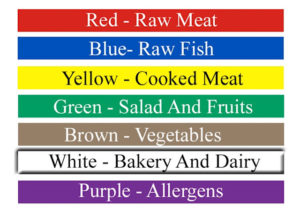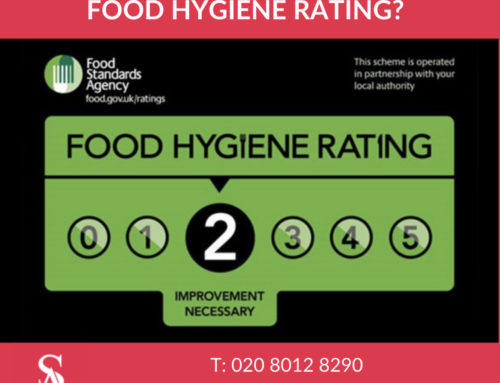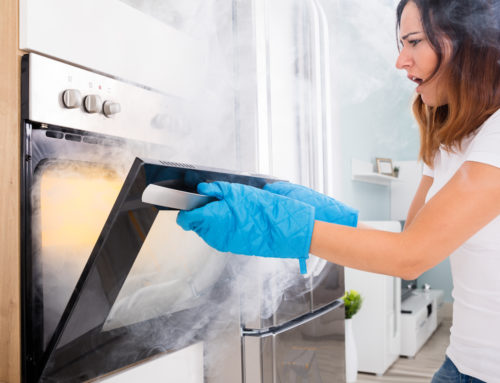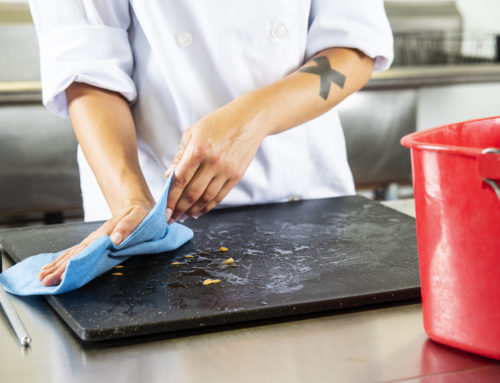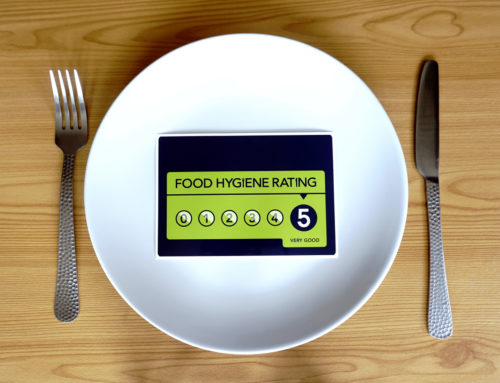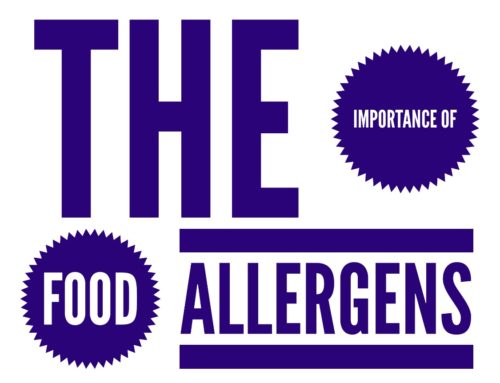Food Safety Blog Tips by Sylvia Anderson, The Food Hygiene Expert!
Chopping Boards and Cross Contamination.
As a Food Hygiene Expert in the UK, one of the biggest risks in a professional kitchen is cross-contamination with chopping boards. I witness this when I am conducting food safety audits across London and the UK as a food safety auditor and consultant at Sylvia A Consultancy. The greatest area of risk is cross-contamination between raw foods and ready to eat foods. Colour coded chopping boards help to reduce risk of contamination, but they need to be clean and hygienic to use, otherwise, there is no point! Sounds so simple but it is not!
In a professional kitchen, the use of colour-coded chopping boards is widely used by chefs and food handlers to help them quickly identify which chopping boards should be used for a specific food group, but these colours are only recommended, but not enforced by law yet.
At home I use a good selection of large Joseph boards which are a firm favourite in our household, my twins love using this for our new business www.kidslove2cook.org.uk You don’t have to buy a selection of different colours at home, but it’s good to have one for raw and one for ready to eat, but at the end of the day they need to be cleaned properly by using the correct washing and drying processes to avoid cross-contamination, and stored correctly.
You will usually find laminated wall charts in a professional kitchen as a quick reference for food handlers to help them see which colours are suitable for each task. Colour coding kitchen equipment is the easiest and most popular ways to ensure safe and hygienic practice when preparing food. To help food handlers and chefs remember which coloured board to use for a specific food group. Using colour-coded chopping boards is a simple and efficient way to decrease the risks of cross-contamination, and is easy to implement. Colour coded chopping boards play an important part in the safe preparation of food from farm to fork, making it easy for food handlers and chefs to recognise each colour and selected food group, especially in regards to the importance of Allergens. There is often some confusion as to which colour board to use, here are my guidelines. When I first started working as a Commis Chef back in 1989 (I know, a long time ago), at The Grosvenor House London, Park Lane, I was taught the information in brackets by my Head Chef….
Red Board is for raw meat and poultry only, (red think of blood as the product is raw).
Blue Board is for raw fish only, (blue think of the ocean where fish live).
Brown Board is for unwashed root vegetables that you are preparing to cook, (brown is for the earth, so foods that are grown under the earth).
Green Board is for washed and ready to eat salads, fruit and vegetables (green for grass, so everything grown above).
White Board is for bread, bakery and dairy foods, (white is for flour).
Yellow Board is for ready to eat foods such as cooked meat, poultry and cooked fish, (yellow for everything to be cooked).
Personally, when I cook fish it usually goes straight on the plate for service, I usually use a different yellow chopping board for smoked salmon.
The Purple Board is a new supplement for Allergens, but must be used with caution as it cannot be used entirely for all allergens as this would pose a serious threat of cross-contamination.
I advise that if you use a specific allergen in your kitchen you should practice using a purple board for that one chosen allergen, for example, gluten-free foods. Ensure you train all your chefs and food handlers as to the use of this board.
When using a chopping board for ready to eat foods, ensure you use a clean chopping board for each work activity. For example, after preparing raw poultry, dispense of the dirty board, wash your hands, use the correct chopping board and knife and before slicing cooked chicken.
Store high-risk use boards (red, blue, brown, purple) separate from boards for ready to eat foods (white, yellow and green).
Colour coded utensils play a vital role in the safe preparation of food, making it easy for chefs and food handlers to identify each colour and specific food groups.
A plastic board should be replaced when its surface is deeply scored, the main reason for this is that bacteria like to grow in these areas and when transferred to food can cause serious illnesses. Even if you wash the scored board thoroughly, bacteria has a habit of holding on to these grooves and because of this, you cannot be certain that it is safe to use again for food preparation.
Plastic boards are the best as they are non-porous, and easier to clean than wooden boards.
Bacteria will thrive on moisture, keep your chopping boards upright on a rack to allow airflow between them and ensure they are safely clean, dry and ready to use.
If you have any questions please contact Sylvia Anderson for any Food Safety Tips at Sylvia A Consultancy
